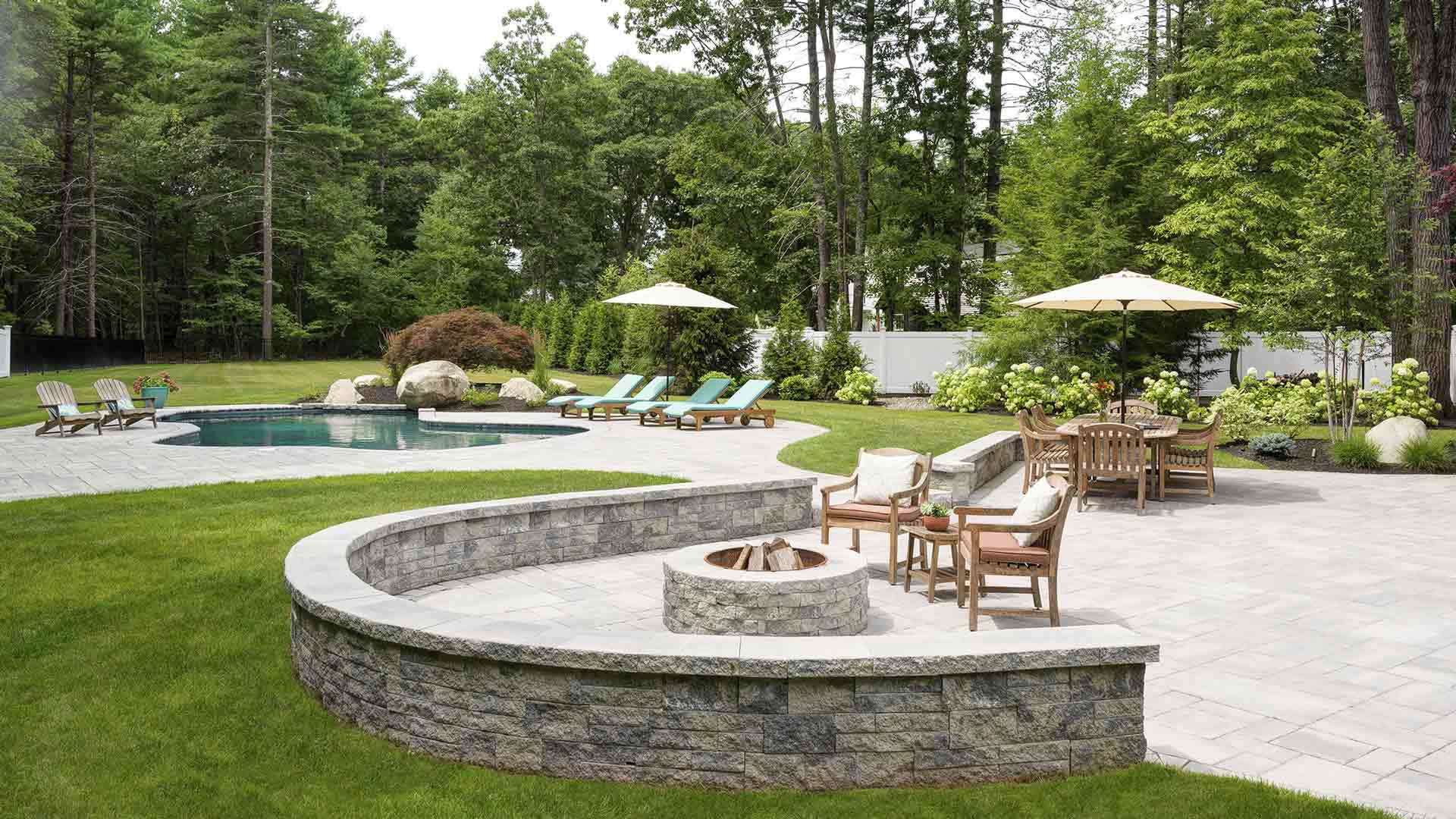The Facts About Landscape Design Uncovered
The Facts About Landscape Design Uncovered
Blog Article
The 5-Minute Rule for Landscape Design
Table of ContentsLandscape Design Things To Know Before You BuyLandscape Design for DummiesWhat Does Landscape Design Do?9 Easy Facts About Landscape Design ShownNot known Incorrect Statements About Landscape Design
Formal design motif. Credit History: Gail Hansen, UF/IFAS The backyard is an extension of the home where a selection of tasks happen. A yard can typically be divided into three locations: public (the front backyard), private (the backyard), and service (generally the side lawn). The area of task locations depends mainly on the kind of location, the dimension of space needed, the sort of activity, and the preferred closeness to various other tasks and structures.The outside wall of your house often works as the initial wall surface or starting factor of an outdoor space. Inappropriate usages need to be separated, and related tasks, such as food preparation and eating, should be created to make the lawn more reliable and enjoyable. When utilizing hardscape to develop areas, use building material comparable to that utilized in your home for connection from your house right into the yard.
Linked areas. Credit Rating: Gail Hansen, UF/IFAS Using similar hardscape features and duplicating plants pulls the eye around the garden.
The Ultimate Guide To Landscape Design

For emotional convenience plants are used as physical or suggested obstacles for personal privacy and safety. Physical obstacles block both the view and access to an area and include fences, walls and plant bushes. Indicated obstacles, generally reduced expanding plants, obstruct gain access to however not the view (Number 9). Other features of plants include cleansing the air, avoiding erosion and soil loss, preserving moisture in the soil, and returning raw material to the dirt.
Physical and implied barriers. Credit Score: Gail Hansen, UF/IFAS For these factors, the kinds of plants to be used (such as trees, bushes, or groundcovers) should be picked in the onset of planning (Landscape Design). Plant types are chosen for their useful abilities so that their future objective and needed space can be considered at the exact same time

The Ultimate Guide To Landscape Design
Each plant mass is in front of, behind, or following to, an additional mass. Number 11. Horizontal plant layers. Credit: Gail Hansen, UF/IFAS Number 12. Vertical plant layers. Landscape Design. Credit History: Gail Hansen, UF/IFAS Duplicating plants within a mass and duplicating masses with comparable plants connects the yard with each other. helpful site The individual plant qualities have to be thought about to effectively layer and mass plants.
All plant structures start with the main structure plants, the big, mostly evergreen history plants-such as the trees and huge bushes. These plants separate or enframe rooms, control the size of the space, and offer the beginning point for selecting the ideal characteristics of the second layer, midground plants, for massing and infill.
Crucial factors in the yard need to be highlighted by the usage of distinct plants, distinctive frameworks, or yard ornaments. Noting thresholds or entries to spaces can be done with gates, arbors, and actions, or via the use of special and vivid plants. The type and/or style motif of the garden will certainly typically assist determine the crucial factors and exactly how they must be highlighted.
Other important places in the yard are centerpieces, which is used to visually organize a landscaped area. The sort of focal factor often relies on the watching viewpoint. Different point of views or viewpoints can reveal different make-ups in the landscape that may need a range of focal points. this article Contrasting structure, shape, dimension and color will capture and hold the eye.
How Landscape Design can Save You Time, Stress, and Money.

Plant types. Credit: Gail Hansen, UF/IFAS After kind, texture is the next dominant attribute of a plant; coarse, medium and great structures can be used for contrast and focus in the landscape.
The pleasant scent of plants, the sound of wind in the trees, the sound and texture of water, and the colors and appearances of sculptures, pots and yard furniture all add to the experience of the yard. One detail that is commonly ignored is the impact of light on the visual appeals of the plants.

4 Simple Techniques For Landscape Design
It is essential to know the ultimate fully grown size of plants so they can be positioned in the right location and spaced properly when they are set up. Giving plants area to grow is try this website an obstacle because the usual mature dimension is usually based upon ideal expanding conditions and the ecological conditions of a website may cause a plant to enlarge or remain smaller.
Report this page